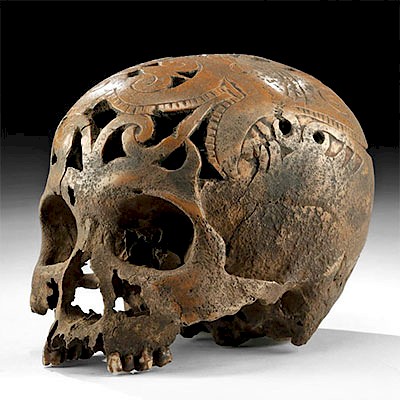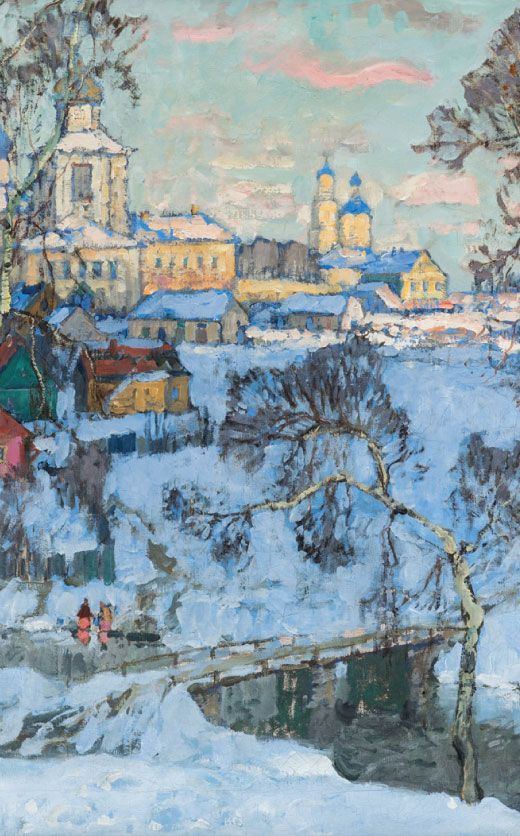Ancient Near Eastern Anthropoid Sarcophagus Section, TL
Lot 54a
About Seller
Artemis Fine Arts
686 S Taylor Ave, Ste 106
Louisville, CO 80027
United States
Selling antiquities, ancient and ethnographic art online since 1993, Artemis Gallery specializes in Classical Antiquities (Egyptian, Greek, Roman, Near Eastern), Asian, Pre-Columbian, African / Tribal / Oceanographic art. Our extensive inventory includes pottery, stone, metal, wood, glass and textil...Read more
Categories
Estimate:
$4,000 - $6,000
Absentee vs Live bid
Two ways to bid:
- Leave a max absentee bid and the platform will bid on your behalf up to your maximum bid during the live auction.
- Bid live during the auction and your bids will be submitted real-time to the auctioneer.
Bid Increments
| Price | Bid Increment |
|---|---|
| $0 | $25 |
| $300 | $50 |
| $1,000 | $100 |
| $2,000 | $250 |
| $5,000 | $500 |
| $10,000 | $1,000 |
| $20,000 | $2,500 |
| $50,000 | $5,000 |
| $100,000 | $10,000 |
| $200,000 | $20,000 |
About Auction
By Artemis Fine Arts
Dec 12, 2019
Set Reminder
2019-12-12 10:00:00
2019-12-12 10:00:00
America/New_York
Bidsquare
Bidsquare : Holiday Sale - Antiquities / Ethnographic Art
https://www.bidsquare.com/auctions/artemis-gallery/holiday-sale---antiquities-ethnographic-art-4743
What to give this holiday season? You'll find plenty of options in our Dec. 12 auction that will cater to all tastes and budgets. Artemis Fine Arts info@artemisfinearts.com
What to give this holiday season? You'll find plenty of options in our Dec. 12 auction that will cater to all tastes and budgets. Artemis Fine Arts info@artemisfinearts.com
- Lot Description
**Holiday Shipping Deadlines**
USA Domestic: 12/14 for Standard; 12/23 for Express; International: 12/7 for Standard; 12/19 for Express
Ancient Near East, The Levant, ca. late 1st millennium BCE. A rare find! Hand-molded from clay, this is a rounded coffin lid bearing the stylized face of a man with pronounced almond eyes, eyebrows, and two large ears that frame the face. He wears a headdress or crown of some kind, probably signifying the status of the deceased individual whose grave he represented. The body of the vessel is tall and rounded, tapering near the top. Black, red, and creamy white pigment color the surface, giving the impression of hair and ornamentation. Size: 16.5" W x 15.7" H (41.9 cm x 39.9 cm)
Anthropoid coffins came from the Egyptian presence in the Levant during the late Bronze Age and early Iron Age, and are a unique synthesis of ideologies from the two locations. They have been found at cemetery sites like Beth Shean, Lachish, and Tell el-Far'ah, part of graves containing funerary offerings of ceramic, jewelry, and bronze that can be sourced to Cyprus, Mycenae, Egypt, Phoenicia, and Canaan, stressing the international nature of life in this area even during the ancient period. It is still unclear if these coffins were meant for people of Egyptian descent or for locals who liked the Egyptian burial style, but isotope studies in the future may answer this question.
This piece has been tested using thermoluminescence (TL) analysis and has been found to be ancient and of the period stated. A full report will accompany purchase.
Provenance: private Hallen collection, Beaverton, Oregon, USA, acquired in the late 2000s; ex-Nomis Antiquities, Van Nuys, California, USA
All items legal to buy/sell under U.S. Statute covering cultural patrimony Code 2600, CHAPTER 14, and are guaranteed to be as described or your money back.
A Certificate of Authenticity will accompany all winning bids.
We ship worldwide and handle all shipping in-house for your convenience.
#151088This is a fragment of a larger piece. One side has been repaired, as shown. There are losses to the peripheries commensurate with age as well as two tiny drill holes from the TL process.Condition
- Shipping Info
-
All shipping is handled in-house for your convenience. Your invoice from Artemis Gallery will include shipping calculation instructions. If in doubt, please inquire BEFORE bidding for estimated shipping costs for individual items.
-
- Buyer's Premium



 EUR
EUR CAD
CAD AUD
AUD GBP
GBP MXN
MXN HKD
HKD CNY
CNY MYR
MYR SEK
SEK SGD
SGD CHF
CHF THB
THB














